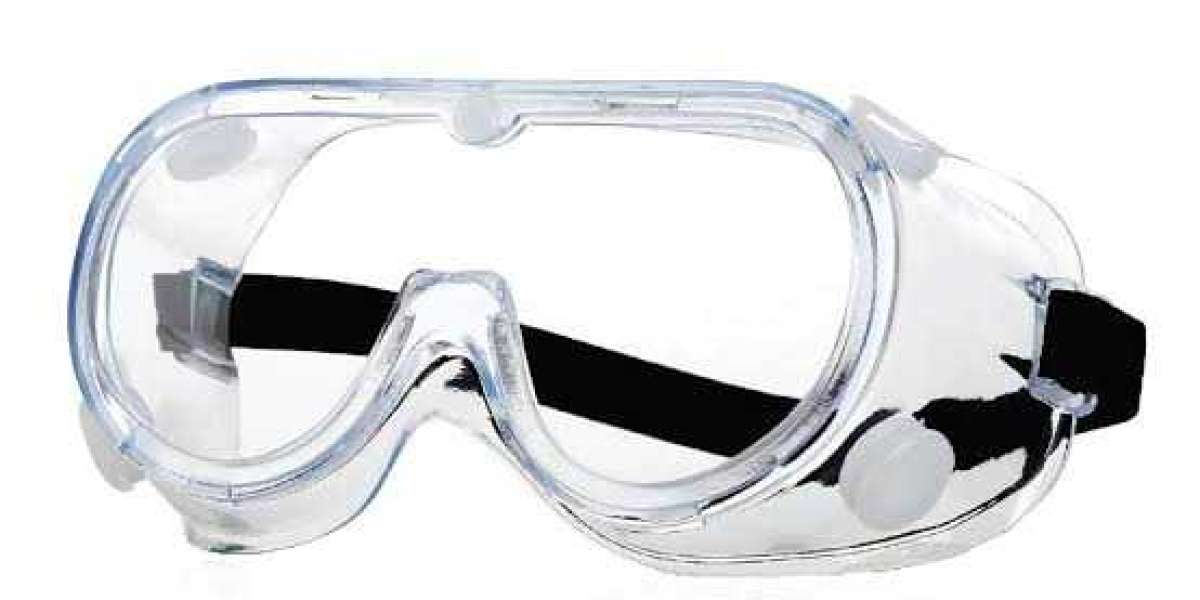A 10 inch meeting room tablet is a compact, versatile device designed to streamline scheduling, collaboration, and communication in professional settings. It fits perfectly in small to medium meeting spaces, offering touchscreen functionality and easy access to calendar apps.
It enhances productivity by allowing users to book rooms, share agendas, and control meeting technology directly from the tablet. This makes it an essential tool for organizations aiming to optimize their meeting management.
Companies rely on these tablets to reduce scheduling conflicts and improve overall efficiency. Their size balances usability with portability, making them an ideal choice for various office environments.
Key Features of 10 Inch Meeting Room Tablets
10 inch meeting room tablets combine practical display qualities with seamless integration into existing systems. They offer varied installation options to fit different meeting room environments. The features prioritize usability and adaptability for efficient meeting management.
Display Quality and Touchscreen Performance
The 10 inch screen size delivers a balance between visibility and compactness. Most tablets use IPS or OLED panels, providing wide viewing angles and consistent color accuracy.
Touch responsiveness is critical in a meeting context. Capacitive touchscreens with multi-touch support allow quick navigation and interaction. The screen's anti-glare coating enhances readability under overhead lighting or natural light.
Resolution commonly ranges from 1280x800 to 1920x1200 pixels, ensuring clear text and detailed graphics. Brightness levels typically fluctuate between 300 to 500 nits, suitable for varied lighting conditions. These tablets often support stylus input for annotation in presentations or notes.
Integration With Meeting Room Systems
Meeting room tablets connect readily with calendar services like Microsoft Exchange, Google Calendar, and Outlook. This integration simplifies booking and scheduling directly from the tablet interface.
They support various conferencing platforms such as Zoom, Microsoft Teams, and Webex either natively or via dedicated apps. This enables room controllers to manage meetings, check availability, and start or join calls conveniently.
Compatibility with room control systems (lighting, AV equipment) is another key feature. Many tablets offer APIs or use protocols like Room Control or Crestron for centralized management.
Mounting Options and Installation
Mounting flexibility is essential for diverse meeting room layouts. Most tablets come with VESA-compatible mounts supporting wall, table, or desk stand installations.
Wall mounts save space and create a clean look, often locking the tablet in place to prevent theft or movement. Tabletop stands prioritize mobility and ease of access during meetings.
Power options vary between POE (Power Over Ethernet) and standard AC adapters. POE simplifies wiring, reducing clutter by delivering power and network through a single cable.
Installation usually involves minimal configuration, but IT support might be needed to connect with network and AV systems.
Usage and Benefits for Modern Workspaces
A 10 inch meeting room tablet streamlines booking processes, enhances user interaction, and simplifies maintenance. It integrates digital scheduling with real-time updates while maintaining device security and usability.
Room Booking and Scheduling Efficiency
The tablet provides instant access to room availability and booking options directly outside meeting spaces. It syncs with calendar systems like Microsoft Exchange or Google Calendar, preventing double bookings.
Users can reserve, extend, or cancel meetings through a touch interface in seconds. This reduces interruptions and frees up administrative resources.
The device supports features like automatic check-in, which releases unused rooms after a set period. This optimizes workspace utilization and minimizes wasted resources.
User Experience and Accessibility
The 10 inch screen offers clear visibility of information from a distance and supports multiple languages for diverse teams. The touchscreen allows intuitive navigation and quick input.
Customizable interfaces can highlight essential details such as room capacity, current meeting status, or equipment availability. Accessibility features include voice control and screen readers, aiding users with disabilities.
The compact size fits on wall mounts or doorframes without obstructing passersby. Its sleek design integrates with modern office aesthetics while providing practical function.
Maintenance and Device Management
Tablets designed for meeting rooms often include centralized management software. IT teams can remotely update software, monitor battery levels, and troubleshoot issues without physical intervention.
Robust hardware reduces downtime with durable screens and efficient power consumption. Automatic rebooting and fail-safe modes minimize disruptions during system faults.
Regular cloud backups protect scheduling data in case of device failure. Security protocols ensure data privacy, reducing vulnerability to unauthorized access or tampering.








